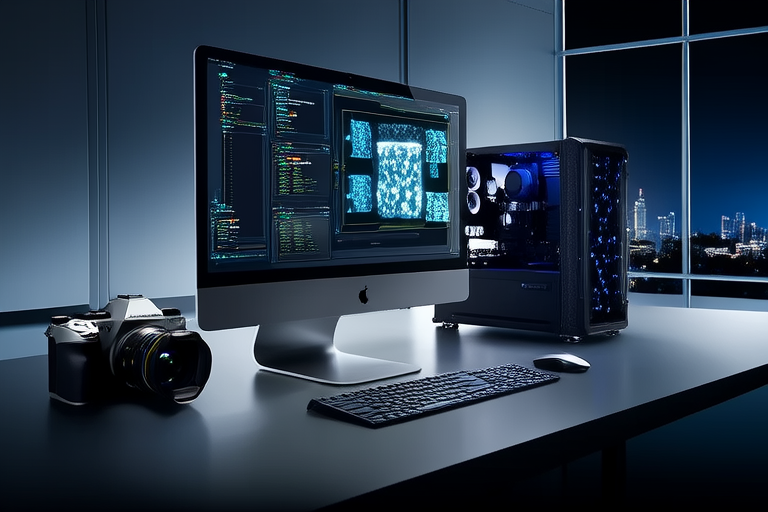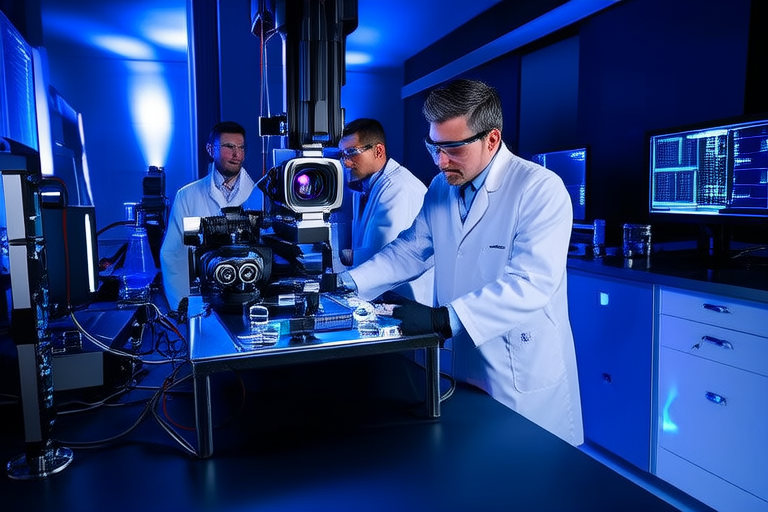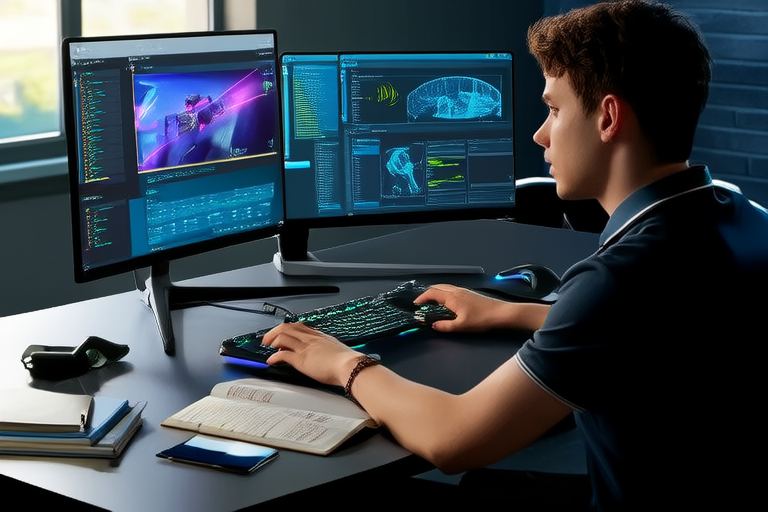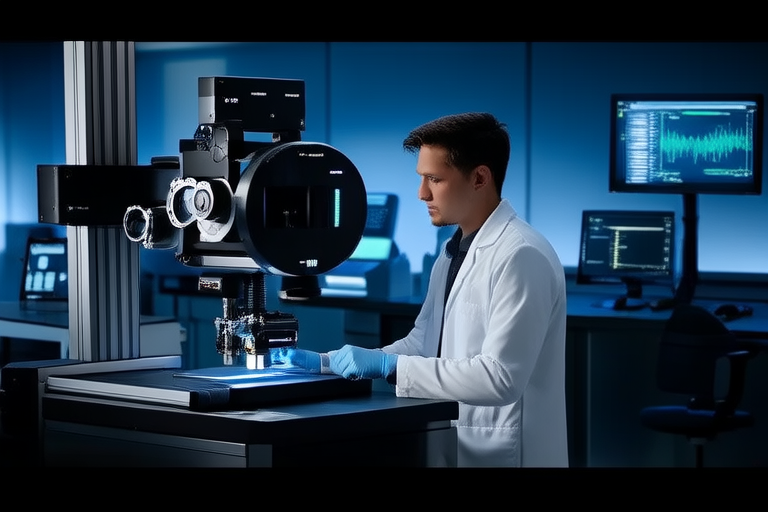“`html
Unlocking Possibilities: A Deep Dive into Modern Computer Vision
Introduction
Computer vision is a branch of artificial intelligence that focuses on enabling machines to interpret and understand visual information from the world. It involves teaching computers to process, analyze, and make sense of digital images and videos, much like human vision does. Today, computer vision plays a pivotal role in various sectors, from healthcare and automotive to retail and security.
The evolution of computer vision has been remarkable, moving from simple image processing techniques to sophisticated deep learning models capable of performing complex tasks. As technology advances, the potential impact of computer vision on industries continues to grow, offering transformative solutions that can revolutionize how we interact with technology.
Core Concepts of Computer Vision
At its core, computer vision encompasses several fundamental concepts. Image processing refers to the manipulation of digital images to enhance quality or extract useful information. Feature extraction involves identifying key elements within an image, such as edges, corners, or textures, which help in understanding the scene. Pattern recognition enables machines to categorize and classify objects based on learned patterns.
Visual data comes in various forms, including static images and dynamic video streams. Each type requires tailored processing techniques to ensure accurate interpretation. Early computer vision systems relied heavily on rule-based algorithms designed to detect specific features or patterns within images. However, these methods often struggled with variability and complexity, limiting their effectiveness.
Machine Learning and Deep Learning in Computer Vision
The advent of machine learning and deep learning has significantly propelled advancements in computer vision. These approaches leverage vast datasets and powerful computational resources to train models capable of recognizing intricate details and relationships within visual data. Convolutional Neural Networks (CNNs), a subset of deep learning architectures, have become particularly instrumental in image classification tasks.
CNNs employ layers of interconnected neurons that automatically learn hierarchical representations of input data. This makes them exceptionally adept at distinguishing between different categories of objects with high accuracy. For instance, CNNs have been successfully applied in facial recognition systems, object detection frameworks, and medical imaging analysis tools.
Applications of Computer Vision
Healthcare
In healthcare, computer vision aids in diagnosing diseases through medical imaging analysis. Radiologists use AI-powered tools to identify abnormalities in X-rays, MRIs, and CT scans more efficiently. Additionally, robotic surgery assistants equipped with computer vision assist surgeons during operations, enhancing precision and reducing recovery times.
Autonomous Vehicles
The automotive industry leverages computer vision for developing self-driving cars. Cameras mounted on vehicles capture real-time traffic scenes, enabling autonomous systems to navigate safely. By recognizing road signs, pedestrians, and other obstacles, these systems improve driving safety and efficiency.
Retail
Retailers utilize computer vision to enhance customer experiences. Smart checkout systems powered by computer vision allow customers to scan items without physically handling them, speeding up transactions. Additionally, in-store cameras monitor inventory levels and track customer behavior, providing valuable insights for optimizing layouts and promotions.
Security
Computer vision enhances security measures by enabling surveillance systems to detect suspicious activities. Advanced facial recognition technologies help identify individuals of interest, while motion detection algorithms alert authorities to unusual movements. These innovations contribute to safer environments both indoors and outdoors.
Entertainment
The entertainment sector benefits from computer vision through virtual reality (VR) and augmented reality (AR) experiences. VR headsets incorporate computer vision to create immersive virtual worlds, while AR applications overlay digital content onto real-world scenes, transforming gaming and interactive media.
Despite these successes, practitioners face challenges when implementing computer vision solutions. Issues such as data privacy concerns, model bias, and hardware limitations must be addressed to ensure reliable and ethical deployment.
Future Trends and Innovations
Emerging trends in computer vision include edge computing, real-time analytics, and augmented reality integration. Edge computing allows for faster processing of visual data directly at the source, reducing latency and improving responsiveness. Real-time analytics enable instant insights from continuous streams of visual information, facilitating timely decision-making.
Potential breakthroughs may involve advancements in unsupervised learning techniques, allowing machines to learn from unlabeled data. Enhanced collaboration between humans and machines could lead to more intuitive interfaces and improved user experiences. Ethical considerations surrounding privacy, bias, and accountability will remain crucial as computer vision becomes increasingly integrated into everyday life.
Conclusion
This article has explored the foundations, current applications, and future prospects of modern computer vision. From healthcare diagnostics to autonomous transportation, computer vision continues to unlock numerous possibilities across diverse domains. As technology evolves, staying informed about ongoing developments will be essential for harnessing the full potential of this transformative field.
“`




